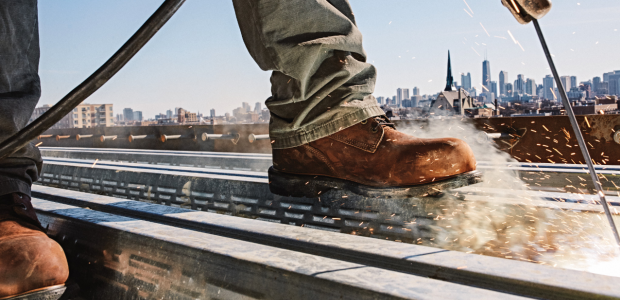Safety Boot For Foot Protection: Understand All About Safety Boots

Protecting professionals in their work environment is a company duty. And for this reason, it is essential that the employer carefully assess the occupational risks found in the activities carried out by the employee.
In any case, using Personal Protective Equipment (PPE) can help to avoid such risks, keeping you safe from any accidents. As determined by the Regulatory Standard, the employer must provide, free of charge, to its professionals all the safety equipment and tools necessary for their protection, always in a perfect state of use and conservation.
Safety boots like Thorogood boots for instance and boots, in particular, are PPE intended to protect the employee’s feet in activities that expose their health and integrity to abrasive, excoriating, biological, chemical, cutting and piercing, electrical, among others.
For example, it is also suitable for use in places with high or low temperatures that present humidity or are slippery or even muddy. For this reason, they are commonly used by employees in the food, chemical, agricultural, metallurgical, metalworking industries, or even in civil construction and assembly.
In this post, we will clarify some doubts about this essential Personal Protective Equipment and how to sanitize them properly. The content will go through the following topics:
When to wear safety shoes?
The use of safety shoes, also known as safety shoes, can guarantee the professional greater protection and comfort in their function.
But for this to happen, the employer must be careful when choosing the shoe model, both the safety boot and the safety boot, which will best meet the needs of its employee. In other words, it is not enough for the worker to be equipped, but the use of the correct protective equipment, that is, the ones that best suit his anatomy and fulfill the function of protecting his feet against any accidents.
Professionals must wear safety shoes in any place within their work environment that present occupational hazards in their daily routine.
Finally, it is essential to highlight that PPE, in general, should only be used within the employee’s work environment and, if this guideline is not respected, the act may be considered wrongful and possible punishment.
That’s it, so you already know how to guarantee your employee the PPE for foot protection that will best meet your company’s security needs. Always remember to certify them for correct use and sanitation, thus bringing more savings to your business.











